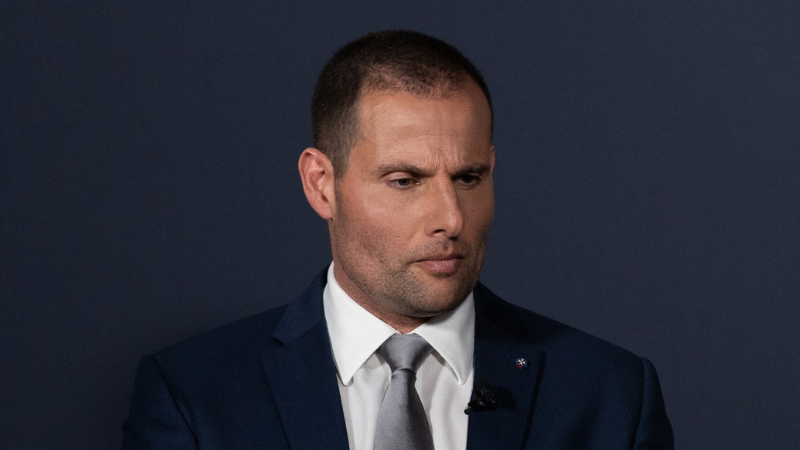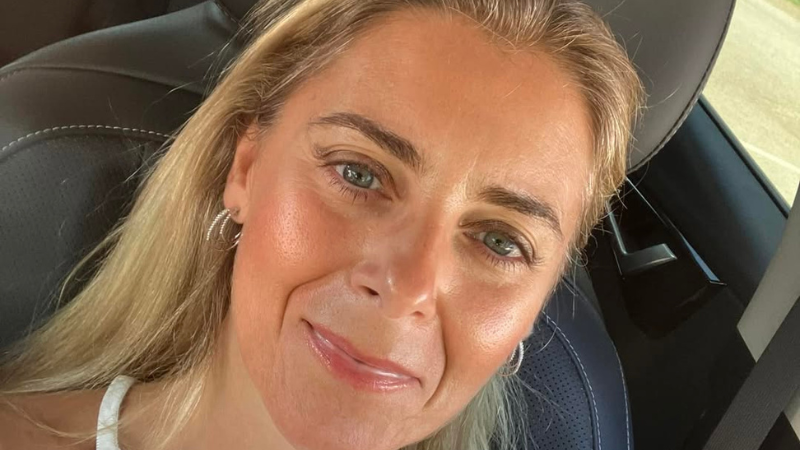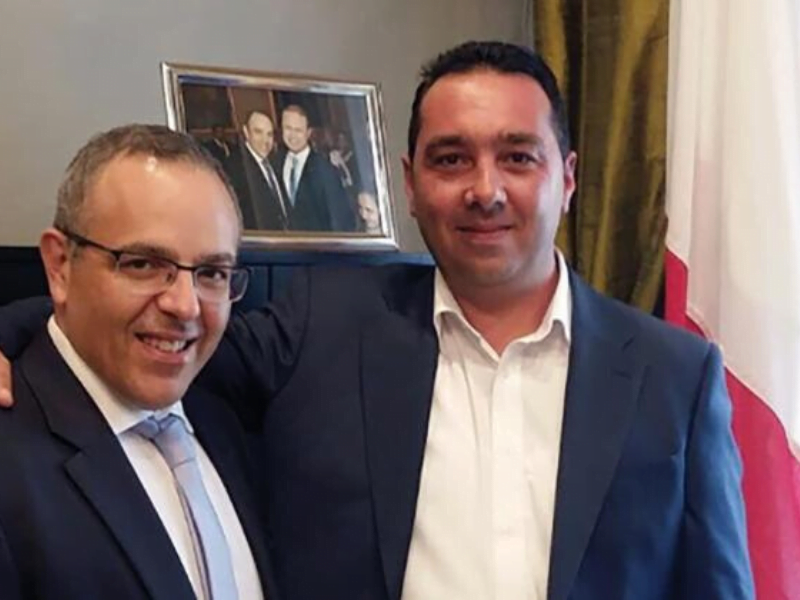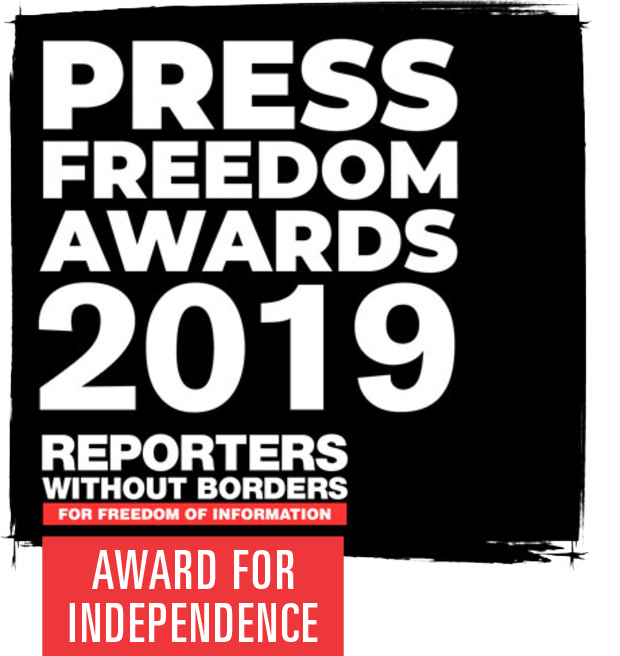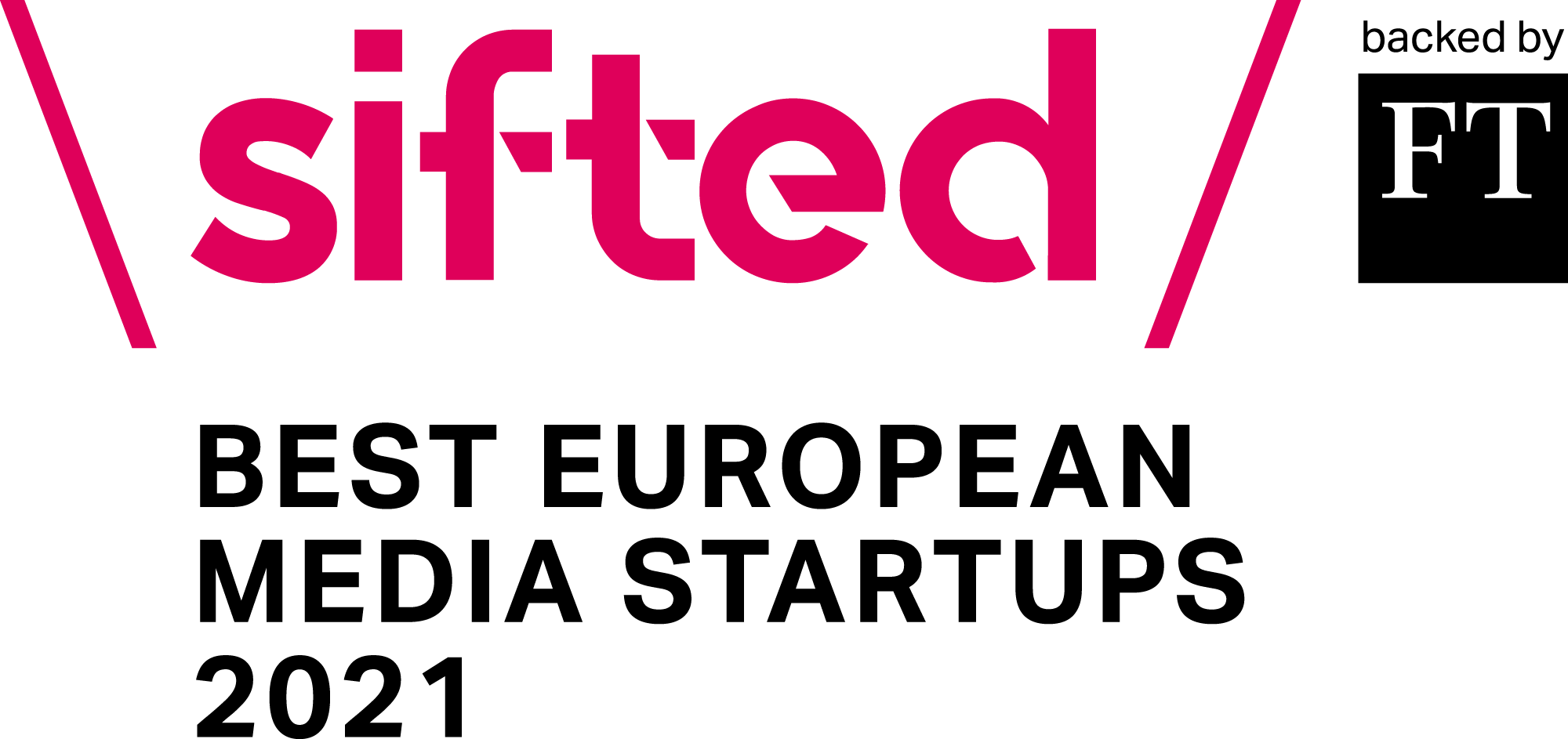A study by the Stanford Graduate School of Education found that students had difficulty distinguishing whether news or information found online was fake or true. Although very fluent and savvy in the use of social media, young people had difficulty in picking out which information was true and what was false.
The rise of fake news – a term heavily used by US President Donald Trump and his office – originated in a small Eastern European town. A Buzzfeed editor noted a number of news websites – all registered in Veles in Macedonia – that were publishing false stories. Some of the headlines were “Pope Francis Forbids Catholics from Voting For Hillary” or “Proof Surfaces that Obama was born in Kenya – Trump was right all along”.
During the month of the 2016 US election, fake news websites received 159 million visits and research has shown the most widely-shared news stories during the election were fake and mainly pro-Trump.
Buzzfeed pointed out how the reasoning behind these websites was purely financial and not political simply because of the money that was to be made through social media. These stories were being published during the US presidential election – a hot topic that spread like wildfire.
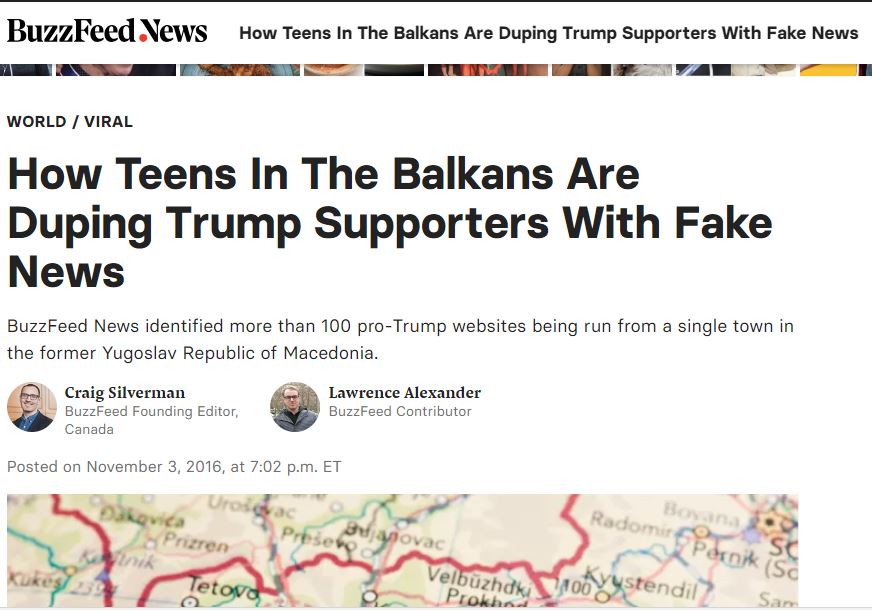
The skills and knowledge on how to distinguish fake news in this day and age are vital – especially when, according to a US study by Pew Research Center, people under the age of 50 get half of their news online. And for those under 30, online news is twice as popular as TV news.
To make matters worse, an indepth study by the Massachusetts Institute of Technology found that a false story is much more likely to go viral than a real story. A false story reaches 1,500 people six times quicker, on average, than a true story does. Fake news on any subject outperformed the truth but those on politics did the best.
The study also found that fake news seems to be more “novel” than real news and also evoked more emotion. The researchers created a database of the words that Twitter users used to reply to the 126,000 contested tweets, then analysed it with a state-of-the-art sentiment-analysis tool.
Fake tweets tended to elicit words associated with surprise and disgust, while accurate tweets summoned words associated with sadness and trust.
Fake news on any subject outperformed the truth
And in a world where people are bombarded by social media and have no time, a study by computer scientists at Columbia University and the French National Institute showed that, of the many stories shared on social media, 59% of them didn’t receive clicks, meaning people were sharing them based solely on the headline.
Recently, a British parliamentary committee recommended that the UK government should stop using the term “fake news” because it has come to encompass information dismissed for the wrong reasons.
But it is not only President Trump, who recently announced the “fake news awards,” who uses it. So do Maltese politicians.
Tourism Minister Konrad Mizzi told MEPs investigating the Panama Papers leak that he was “the victim of fake news”. A Foreign Affairs Ministry spokesperson accused The Times of Malta of “fake news” for reporting that 200 trees were going to be uprooted on Rabat Road, leading to Saqqajja Hill, as part of the Central Link project – even though the news was based on plans submitted to the Planning Authority.
It is even used by Prime Minister Joseph Muscat. He recently rebutted a report by a British Parliamentary Committee on fake news by calling it “fake news”.
Experts believe it is the rise of social media that broke down the boundaries that prevented fake news from spreading as Facebook and Twitter now allow information to be exchanged at a faster and broader scale.
An analysis in the Telegraph highlights how “it is only in the last two years that organised, systematic misinformation campaigns, often linked to governments, have emerged, and their effect on democracy and society scrutinised”.
According to Freedom House, 30 governments identified this year pay “opinion shapers” to promote propaganda online.
After widespread criticism that the companies are failing to deal with fake news, Twitter, Facebook and Google have all announced measures to crack down on disinformation online.
Instant messaging app Whats App, which is owned by Facebook, recently published full page adverts in the media in India showing how to identify fake news and is offering researchers as much as $50,000 in exchange for studying its spread. This came after the Indian government criticised Whats App for its role in spreading false information tied to a series of deadly instances of mob violence in the country.
Yet, the organisation has faced criticism for its lack of action in dealing with the impact its channels are having on the erosion of democracy.
How to spot a fake news story:
- Check the domain name. Those ending unusual domains such as “.com.co” are fake news.
- Refer to the ‘About Us’ area on a website to see what it says, or refer to the websites above for more information on the story or source.
- Read multiple news sources to see how (or if) they are reporting on the same story
- Check the facts with third party sites like Snopes and Politifact.
- Question the source. Is the newspaper a reputable one?


